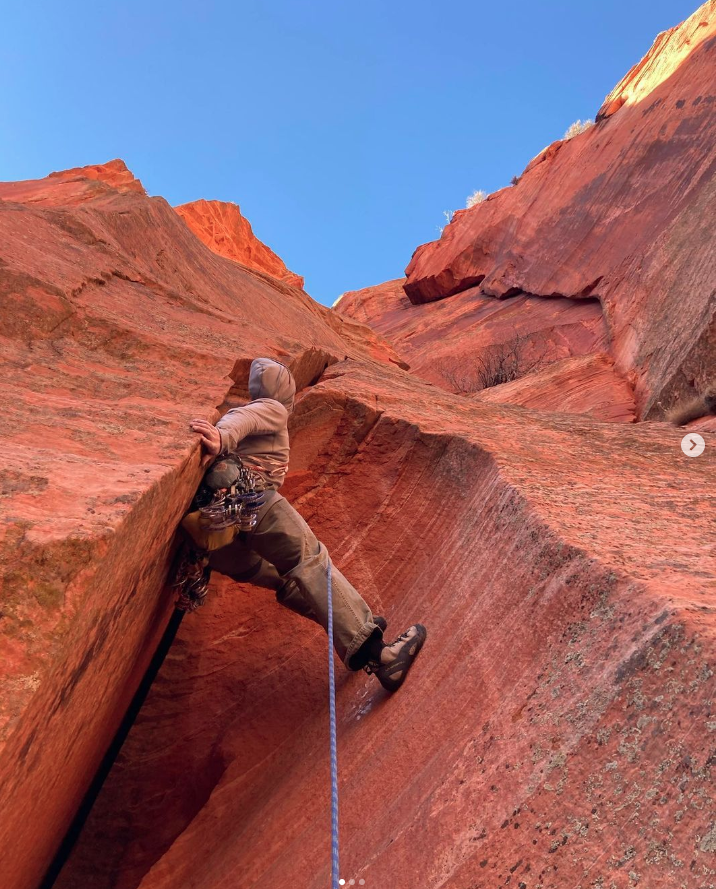
As a climber, you know that forearm and finger strength are crucial for reaching your full potential on the wall. While climbing itself is a sport-specific activity that builds strength, it’s important to recognize that targeted strength training can take your climbing abilities to the next level. In this comprehensive guide, we’ll explore the best strategies for climbers to improve their strength, prevent injuries, and achieve their climbing goals.
The Importance of Strength Training for Climbers
Strength training is essential for climbers of all levels, from beginners to elite athletes. While climbing primarily develops specific muscle groups, such as the forearm flexors and pulling muscles, it’s important to target other muscles as well. Developing overall strength in the entire kinetic chain, from fingertips to toes, will enhance your climbing performance and prevent imbalances that can lead to injuries.
By incorporating strength training into your climbing routine, you can improve your grip strength, increase pulling power, and enhance your ability to rest effectively on challenging holds. Additionally, strength training helps to develop muscle hypertrophy, increase neural recruitment, and build greater cellular stores of ATP-CP, all of which contribute to maximum strength gains.
Strength Training for Beginner Climbers
For beginner climbers, the focus should primarily be on climbing itself. Climbing three days a week will provide ample sport-specific strength gains at this stage. With limited climbing experience, it’s important to prioritize technique and movement skills. However, some strength training can be beneficial, especially for antagonist muscles, stabilizers, and larger pulling muscles.
Targeted Strength Training for Intermediate and Advanced Climbers
Intermediate and advanced climbers, who have a few years of climbing experience under their belts, can benefit from targeted strength training. At this stage, it’s advisable to incorporate climbing-specific strength exercises into your training routine. A gradually progressive twice-weekly strength training program can help you break through performance plateaus and reach new heights in your climbing abilities.
Advanced Strength Training for Elite Climbers
Elite climbers, who have extensive climbing experience and strong tendons, can embark on a high-intensity strength and power training regimen. With the right training program, these climbers can push their limits and achieve exceptional performance. However, it’s important to note that elite climbers are in a class of their own, and their training should be tailored to their specific needs and goals.
Designing an Effective Strength Training Program
When it comes to designing an effective strength training program for climbers, there are a few key principles to keep in mind. First, exercises should be brief and intense, focusing on maximum strength for five to twelve seconds. This allows for maximum fiber recruitment and ATP-CP utilization. Exercises should be performed with a sufficiently high resistance to produce near-failure within ten seconds.
The protocol for effective strength training involves doing brief exercises with three to five repetitions or 90% of your one-rep max. It’s crucial to allow for near-complete recovery (at least three minutes) between sets to ensure all-out efforts each time. The number of sets can vary depending on your climbing level, with three sets for intermediate climbers, four sets for advanced climbers, and five sets for elite climbers.
Climbing-Specific Strength Exercises
To give you an idea of climbing-specific strength exercises, here are a few examples:
- Hypergravity pull-ups: Add enough weight to make five repetitions difficult, focusing on developing pulling strength.
- Bodyweight fingerboard hangs: Hang on small holds for ten seconds, targeting finger and forearm strength.
- Hypergravity fingerboard hangs: Hang on medium-sized holds with added weight for ten seconds, challenging finger and forearm strength.
- One-arm lock-offs: Hold a lock-off position with one arm for five seconds, developing upper body strength and stability.
- One-arm pull-ups: Perform one-arm pull-ups or assisted one-arm pull-ups for one to five repetitions, building pulling strength.
These exercises provide a starting point for climbers looking to improve their maximum strength. It’s important to note that bouldering can also aid in the development of maximum strength, but it may not always elicit grip or pull-muscle failure in less than twelve seconds. Therefore, supplementing with targeted exercises is crucial to optimize strength gains.

Implementing a 5-Week Strength Training Program
To support your climbing goals and maximize your strength gains, consider following a 5-week program designed by Coach Erin Storck. This program focuses on core, pulling and oppositional muscles, leg strength, and cardio fitness. By incorporating these workouts into your training routine, you can build strength, prevent injuries, and improve your aerobic conditioning.
The program consists of specific exercises and workouts tailored to climbers of all levels. Each week, you’ll have a variety of exercises to complete, targeting different muscle groups and aspects of climbing strength. The program is progressive, allowing you to gradually increase the intensity and challenge yourself over time.
The Benefits of Strength Training for Climbers
Incorporating strength training into your climbing routine offers numerous benefits. By improving your grip strength, you’ll be able to hold onto smaller holds and make powerful moves with confidence. Increased pulling power will allow you to tackle challenging routes and boulder problems with greater ease. Furthermore, developing overall strength will enhance your climbing efficiency, enabling you to climb longer and rest effectively on the wall.
Strength training also plays a vital role in injury prevention. By developing balanced musculature and strengthening stabilizer muscles, you can reduce the risk of common climbing injuries, such as tendon strains and imbalances. Additionally, a well-designed strength training program improves overall body awareness and control, enhancing your climbing technique and movement skills.
Conclusion: Unleash Your Full Climbing Potential
In conclusion, climbers of all levels can benefit from incorporating strength training into their climbing routines. Whether you’re a beginner, intermediate, or elite climber, targeted strength training will improve your performance, prevent injuries, and help you reach your climbing goals. By following a well-designed program and incorporating climbing-specific exercises, you can unlock your full climbing potential and take your skills to new heights.
Remember, climbing is a combination of technical skill, mental fortitude, and physical strength. By prioritizing strength training alongside your climbing practice, you’ll develop a well-rounded set of abilities that will elevate your climbing abilities. So lace up your climbing shoes, hit the gym, and embrace the challenge of becoming a stronger climber. Your spring projects won’t stand a chance against your newfound strength and resilience on the wall!

Additional Information:
Support your climbing goals with this 5-week program with Coach Erin Storck! Build strength, prevent injury, and improve your aerobic conditioning through workouts focusing on core, pulling and oppositional muscles, leg strength, and cardio fitness. Your spring projects won’t stand a chance!
